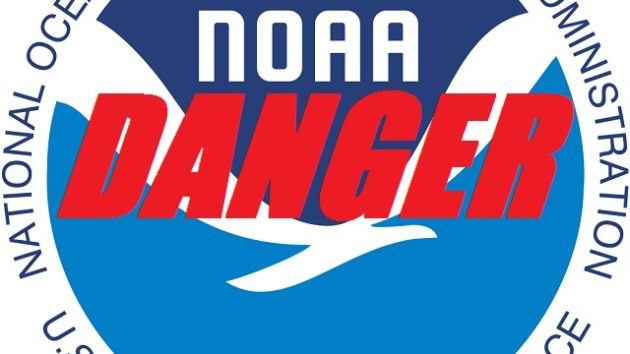Warning for Floridians: National Hurricane Center to Issue New Storm Surge Map
If you think your property insurance costs are going through the ceiling, then gird yourself for more rate increases. Florida resident Pat Wayman in an email states, “Hold onto your wallets… the govt is making a map of more vulnerable areas! The insurance companies must love this administration. If you loved the last insurance rate hike, this one should hit you like a tsunami.” Or perhaps a hurricane?
Wayman notes, “Remember that new flood insurance bill that was signed into law? Taxpayers in non flood zones will further subsidize those in flood zones. Both our Senators voted for the bill and Rick Scott went to D.C. to lobby for it. Here is the link to an Insurance Journal article outlining the bill. The journal states, ‘The bill would scale back big flood insurance premium increases faced by hundreds of thousands of homeowners. The measure also would allow below-market insurance rates to be passed on to people buying homes in flood zones with taxpayer-subsidized policies.'”
Beginning with the 2014 Atlantic hurricane season, NOAA’s National Hurricane Center (NHC) will issue the Potential Storm Surge Flooding Map for those areas along the Gulf and Atlantic coasts of the United States at risk of storm surge from a tropical cyclone.
Developed over the course of several years in consultation with emergency managers, broadcast meteorologists, and others, this new map will show:
- Geographical areas where inundation from storm surge could occur; and
- How high above ground the water could reach in those areas.
The Potential Storm Surge Flooding Map is an experimental National Weather Service product that provides valuable new information on the storm surge hazard associated with tropical cyclones.
Storm surge is often the greatest threat to life and property from a hurricane. However, many people do not understand this term or the threat it represents.
Here are some things to know about this map:
- The first map will usually be issued at the same time as the initial hurricane watch or, in some cases, with a tropical storm watch. The map is based on the latest forecast track and intensity for the tropical cyclone, and takes into account likely forecast errors.
- The map shows inundation levels that have a 10-percent chance of being exceeded, and can therefore be thought of as representing a reasonable worst-case scenario for any given location.
- The map is subject to change every six hours in association with every new NHC full advisory package. Due to the processing time required to produce the map, it will not be available until about 45 to 60 minutes following the advisory release.
The map will be part of an interactive display made available on the NHC website (http://www.hurricanes.gov) in situations where hurricane watches and warning are in effect for portions of the continental U.S.
The map will be experimental for at least two years, during which time comments from users will be solicited and gathered. Dissemination of the underlying raw data, including the provision of shapefiles, will not be available during the experimental period. At the conclusion of the experimental phase, based on the input, NHC will determine if the map would become an operational product.
For additional information, please visit the NHC Storm Surge website: http://www.nhc.noaa.gov/surge.


